The Invisible Revolution
A review of America's Cultural Revolution, by Chris Rufo
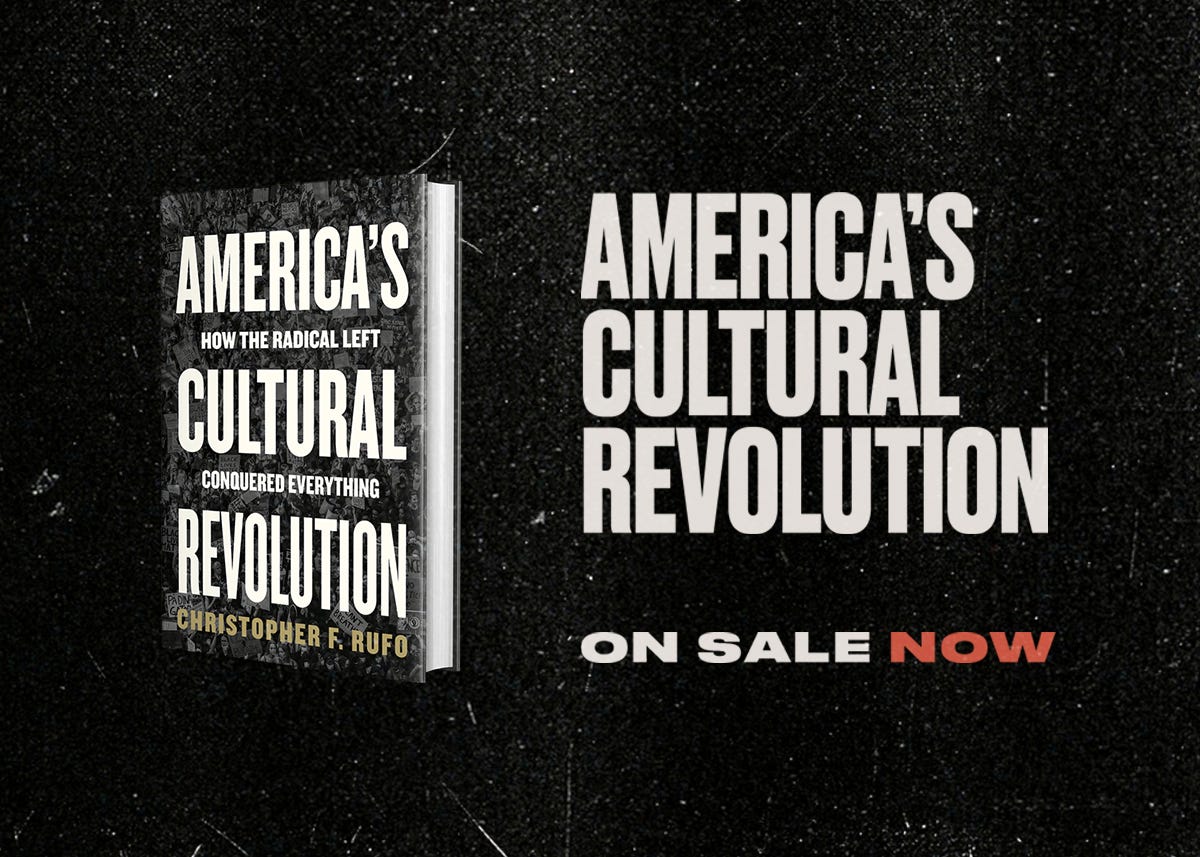
“The urgent task for the political Right is to correctly understand the contours of the current revolution and create a strategy for defeating it on real political grounds: revolution against revolution, institution against institution, negation against negation. This new counter-revolution will not take the form of the counter-revolutions of the past: it is not a counterrevolution of class against class, but a counter-revolution along a new axis between the citizen and the ideological regime.” —Chris Rufo
Battles Lost, Wars Won
Last June, San Francisco voters ousted district attorney Chesa Boudin in a recall election supported by 60 percent of the electorate. An outspoken progressive and self-described small “s” socialist, Boudin had been at the forefront of a nationwide campaign to reduce America’s prison population through reduced sentencing, cite-and-release, and the elimination of cash bail (progressive activists call this decarceration, you know it as criminal justice reform).
From the beginning, Boudin’s tenure was plagued by controversy. There was a surge in petty thefts and burglaries, the district attorney refused to file charges against serial offenders, and the office was accused of gross incompetence, disorganization and mismanagement, and routinely failing to disclose exculpatory evidence. By early 2021, Boudin was facing two recall campaigns; a year later, he would be ejected from office.
The result stunned political analysts across the nation, prompting warnings of a potential “red wave” in the upcoming midterm elections. But progressives remained steadfast in their support of Boudin and other radical district attorneys.
Anne Irwin of Smart Justice California, a criminal justice advocacy organization, described the general mood this way:
“We will lose battles here and there. That doesn’t mean we’re losing the war.”
Upon his election two years earlier, Chesa Boudin was hailed an anti-establishment reformer and a “pioneer” in criminal justice reform. His background as the son of “incarcerated parents” seemed to only enhance his profile. While journalists devoted a few sentences to Chesa’s parents, Kathy Boudin and David Gilbert, most downplayed their crimes—the Associated Press even described the duo as mere “anti-war radicals.” But far less was said of Boudin’s legal guardians, Bernardine Dohrn and Bill Ayers, who founded the Weather Underground in 1969 and led a brutal terrorist campaign in the ‘70s to overthrow the US government.
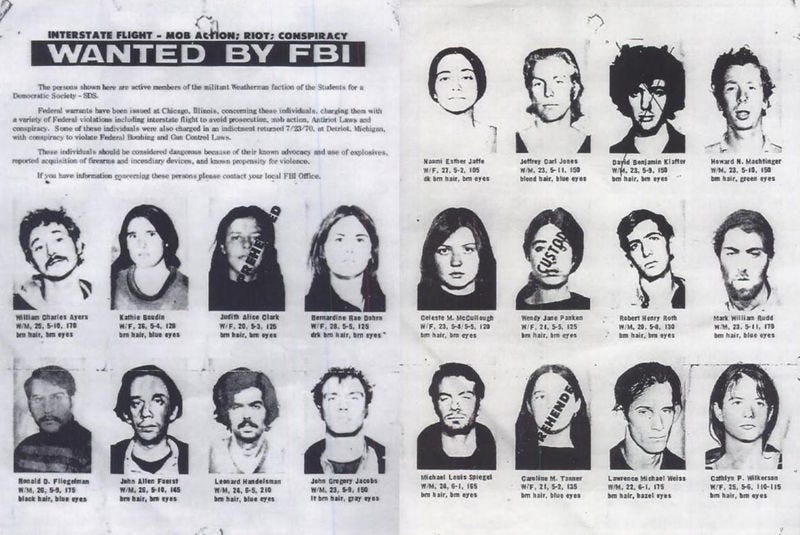
But this was to be expected. The heroes of the Days of Rage were redeemed long ago; if not in our papers of record, then surely in the halls of academia. Of the four Weathermen—Dohrn, Ayers, Boudin, and Gilbert—only Gilbert has not held a university position after release. The scandal-ridden Chesa Boudin would also take this well-trodden path. Within a year of the recall, he had a new job as the executive director of the Criminal Law & Justice Center at UC Berkeley; an emphatic endorsement from Angela Davis featured prominently on the law school’s website.
This rise, fall, and rebound is a familiar pattern, with universities and other elite institutions as the fulcrum of a great redemption arc for far-left radicals. Conservatives have grumbled about it for decades, reveling in the hypocrisy of it all, but most seem unwilling to acknowledge the problem and what it means for society at large. Far from being a mere sanctuary for failures, kooks, and radicals, universities function as the primary mechanism for selecting, molding, and dispatching elites to our nation’s most vital organs. That violent revolutionaries like Ayers and Dohrn could make a seamless transition to academia, where they would continue to shape policy, education, and the law for years to come, speaks to a corruption most of us can hardly fathom; that the boy they raised would follow a similar rise, fall, and rebound, with mayhem in his wake, only reinforces the point.
When things do finally boil over, as with the George Floyd riots, conservatives are taken by surprise and left on their heels. They fail to appreciate the crucial relationship between ideology and power, and so even after violent disruptions, they come to accept whatever grotesque solution their adversaries offer—like so-called criminal justice reform, the renaming of military bases, reparations, or a Diversity, Equity, and Inclusion (DEI) bureaucracy. And so conservatives always lose, ceding critical ground and cannibalizing their own rank and file, even as their adversaries prove to be corrupt, incompetent, and malicious—always failing upward.
America’s Cultural Revolution
Chris Rufo is leading an effort to change this. His most recent book, America’s Cultural Revolution: How the Radical Left Conquered Everything, cuts through all the smoke and maps the battlespace, shining a light on the relationship between ideology and power. He does this through narrative, tracing the so-called woke phenomenon back to its origins in the New Left, beginning with the movement’s intellectual progenitor, Herbert Marcuse. Rufo introduces three more radical activists—Angela Davis, Paulo Freire, and Derrick Bell—who not only offered a rationale for revolt but also helped to subvert and transform powerful institutions.
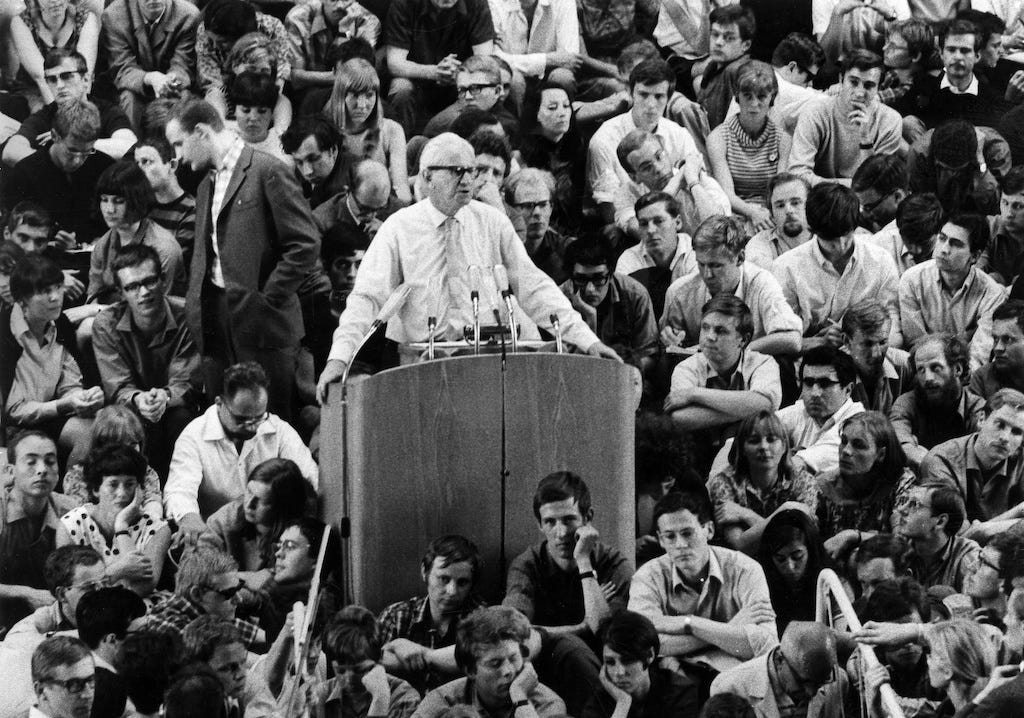
These scholars and activists may be foreign to some, but the concepts and watchwords they fashioned, sometimes decades ago, are all too familiar; unconscious bias, internalized racism, white privilege, microinequities—our daily speech is a testament to their potency. Readers will also recognize the strange logic behind early iterations of the revolution and its influence today. For example, Rufo spends several pages exploring Marcuse’s critique of liberal notions of liberty and tolerance—principles the theorist condemns as repressive. For the revolution to succeed, this repressive tolerance has to be replaced with a liberating tolerance.
“The solution to this state of ‘repressive tolerance,’ Marcuse believed, was to destroy and replace it with a new regime of ‘liberating tolerance,’ which would reverse the directionality of power and suppress all ‘institutions, policies [and] opinions’ that did not move the nation toward liberation and, eventually, revolution. As Marcuse put it: ‘Liberating tolerance, then, would mean intolerance against movements from the Right, and toleration of movements from the Left. As to the scope of this tolerance and intolerance… it would extend to the stage of actions as well as of discussion and propaganda, of deed as well as of word.’
For Marcuse, the practice of ‘liberating tolerance’ would justify censorship, repression, and, when necessary, violence… [this] would include the censorship of ideas, the suppression of the political opposition, and the ‘suspension of the right of free speech and free assembly’ for the enemies of the revolution, who constituted, in Marcuse’s words, a ‘clear and present danger’…
The radicals would enforce a policy of ‘intolerance even toward thought, opinion, and word,’ in order to inoculate the public against reactionary politics at the deepest substratum of consciousness.”
Even without a painstaking assessment of Marcuse’s impact on the present, surely readers will notice that this inversion of tolerance is pervasive on the left today and motivates efforts to censor online speech. To the untrained eye, today’s battles over speech and expression are marred by hypocrisy. But Rufo’s book shows a stunning consistency from the disciples of Marcuse, Davis, Freire, and Bell.
Each scholar carefully grafts radical doctrines onto a liberal frame: ‘tolerance’ is the subjugation of reactionaries, ‘freedom’ is the elimination of racism, patriarchy, and capitalism and the redistribution of wealth, and ‘natural rights,’ which belong exclusively to the oppressed, can only be secured through violent revolutionary struggle.
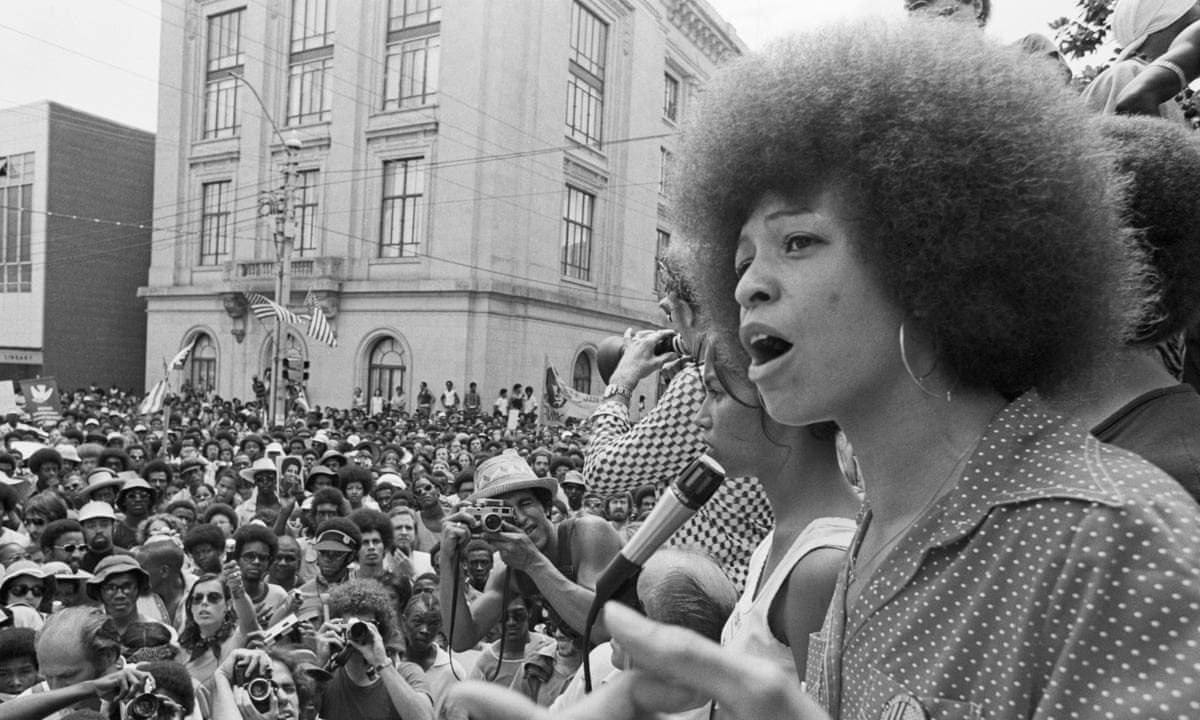
Most intellectual biographies remain here, mired in theory. But this is where Rufo’s work really shines. Rufo’s narrative focuses on the intersection between radical ideas and power. Each concept has its practical application; strategy and tactics are inseparable from dogma. This is most apparent in the New Left’s alliance between white intellectuals and the black underclass; a marriage that imbues the lumpenproletariat with a revolutionary consciousness while arming the intelligentsia with a pretext and means for violence.
The theorists’ rationale for political violence may surprise readers, for it sounds eerily similar to activist rhetoric during the George Floyd riots.
“A revolutionary realizes, however, that in order to create a world where human beings can live and love and be healthy and create, you have to completely revolutionize the entire fabric of society…
In the history of revolutions… you have the occurrence of violence as a means of seizing power from the oppressor, but why? Because the oppressors have failed to acknowledge that the people were right and that the people had the right to control their destiny… a black revolutionary realizes that we cannot begin to combat racism and we cannot begin to effectively destroy racism until we’ve destroyed the whole system.”
Unlike the old pro-Soviet left that labored quietly in the shadows, the New Left was loud and violent and committed to the complete destruction of the “white power structure.” After years of mayhem, including thousands of bombings and scores of robberies, assaults, and murders throughout the 1970s, the radical activists began to grow disillusioned. Following Marcuse’s advice to move past their “pubertarian rebellion,” New Left activists like Davis, Ayers, and Dohrn set their sights on the only true “counter-institution” left—higher education.
Paul Buhle, author of Marxism in the United States:
“To the question: ‘Where did all the sixties radicals go?’ the most accurate answer would be: neither to religious cults nor yuppiedom, but to the classroom.”
Rufo calls this an “invisible” transition. As journalists proclaimed the end of the New Left and the public moved on, veteran radicals were burrowing deeper into academia. Rufo observes that among the most active Weathermen, approximately half secured positions at universities.
Of the four profiles, Paulo Freire and Derrick Bell perhaps epitomize the relationship between ideology and power the most. From these educators we see the incubation of critical theory in the classroom and its weaponization against state institutions.
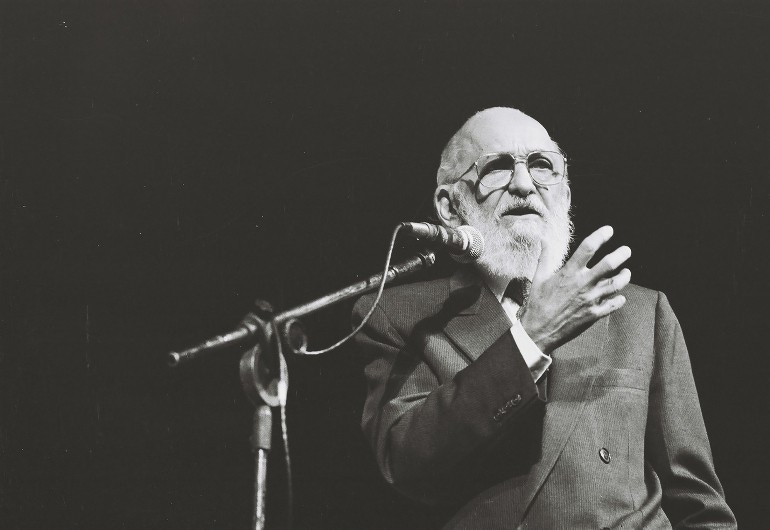
Paolo Freire’s Pedagogy of the Oppressed, a foundational work in critical education, promotes the “decolonization” of the classroom and argues that education should seek to liberate the oppressed by exposing oppression and identifying oppressors. Pedagogy of the Oppressed is the third most cited book in the social sciences and, as Rufo notes, is the “bible” of American teachers programs and has already reshaped the curriculum in several US states. Freire’s work has also been instrumental in the rise of ethnic studies and “postcolonial” programs, which have transformed public education in various minority-majority cities. According to Rufo, this radical remaking of education has galvanized efforts to mandate antiracist training, eliminate standardized testing, and integrate “abolition” into the curriculum (this involves interrogating “white pathologies” such as “white fragility,” “white privilege,” and “white rage”). Again, you can’t help but notice the presence of such concepts in the 2020 protest movements.
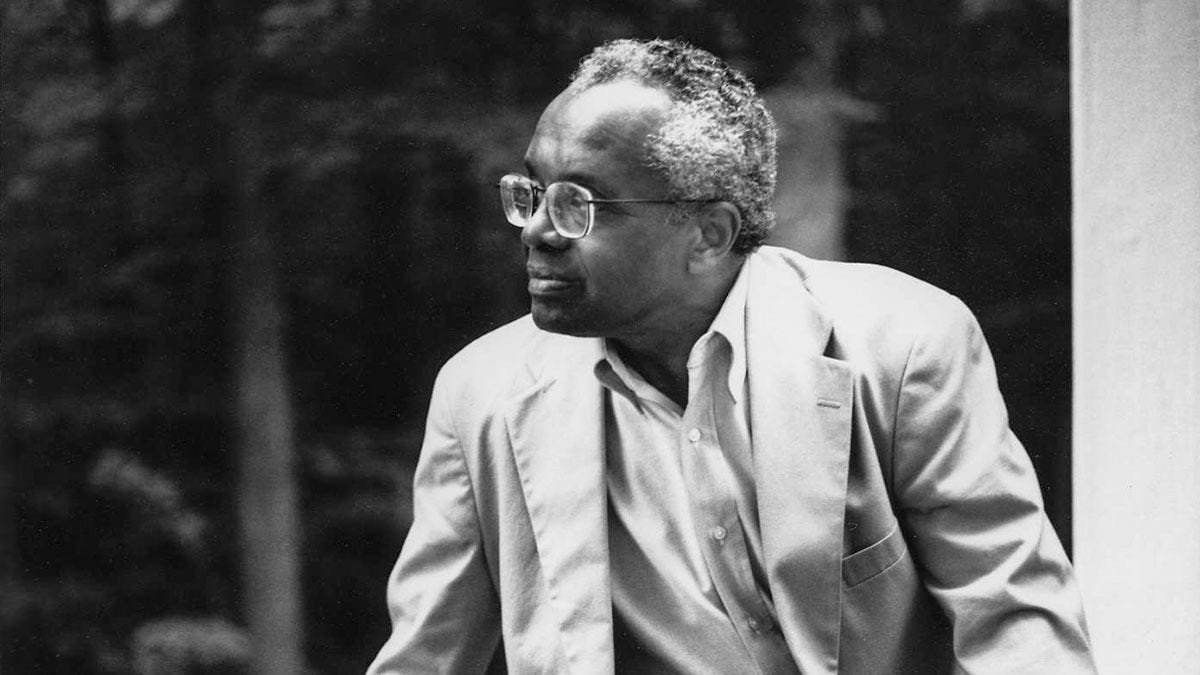
Derrick Bell, a self-styled “liberationist teacher” and law professor, is responsible for the growth of “critical legal studies,” which focus on deconstructing the law and purging institutions of racism. His work is tainted with cynicism and despair and clearly motivated by revenge. Bell’s racialist legal movement paved the way for activists like Kimberlé Crenshaw to develop concepts like “critical race theory” and “intersectionality,” which have transformed US institutions and led to a gargantuan DEI bureaucracy. As Rufo warns, Crenshaw’s theory enlarges the ranks of the oppressed to a point that a revolutionary majority is able to materialize. And unlike the New Left who declared war on the state, this emergent majority could seize and retain institutional power by simply maintaining cultural hegemony inside the system.
As we survey our public and private institutions, from our company’s HR department to the US military’s burgeoning DEI bureaucracy, can we say that Crenshaw’s project hasn’t been a great success?
In the book’s final chapter, Rufo describes what will happen if the revolution succeeds: rule by an omnipotent bureaucracy, the end of property rights, a permanent racial caste system, and the end of the American constitutional order. It’s a shocking prognosis, but I think he’s right.
The Counter-Revolution to Come
By far the conclusion is my favorite part of the book. Rufo pulls no punches when describing the revolution’s tremendous success, but he also reminds readers that the four radical activists were dead wrong about fundamental truths. Their program has done very little to improve American society and the lives of ordinary people. The movement is a recipe for corruption and disorder. It is intellectually bankrupt and a moral abomination. Even its promise of power is reserved for regime bureaucrats and functionaries alone. This poses a serious problem for activists:
“The simple fact is that the ideology of the elite has not demonstrated any capacity to solve the problems of the masses, even on its own terms. The critical theories operate by pure negation, demolishing middle-class structures and stripping down middle-class values, which serves the interest of the bureaucracy but leaves the society in a state of permanent disintegration…
The ugly secret is that the radical Left cannot replace what it destroys…
Rufo alludes to the terror of these elites, who must know that they are incapable of navigating the challenges of a complex society. The institutions they command are filled with dysfunction. The common citizen has grown distrustful, hostile even. Rather than promise radical transformation, activists are forced to defend the status quo; they are powerful—maybe even dangerous—but they are vulnerable.
Think Chesa Boudin.
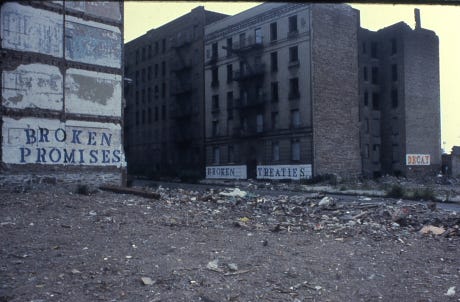
Rufo challenges the right to correctly understand the contours of this revolution and to begin the work of devising strategies to defeat it.
“The great weakness of the cultural revolution is that it negates the metaphysics, morality, and stability of the common citizen. As it undermines the institutions of family, faith, and community, it creates a void in the human heart that cannot be filled with its one-dimensional ideology…
the counter-revolution must begin at that exact point…”
We have been hopelessly lost in the fog of war for years now. But if we are to put a stop to this endless cycle of revolutionary upheaval… if we are to recover our most cherished virtues and restore order… we must understand the crucial nexus between ideology and power. Then we must go about the work of defeating the revolution at its weakest points. This means we will need to challenge the revolution’s ideology and contest its power. We can already do this at the local and state levels and within our own spheres of influence. It will require an intelligent effort on every front, however. As the book shows, the revolution is vulnerable. It is failing. We have a hell of a fight ahead, and we may stumble here and there, but I agree with Rufo that this is a war we can win.
After decades of retreat we finally have the opportunity to seize critical ground. Rufo has shown that it can be done, and America’s Cultural Revolution is a rousing call to arms. This is our moment, let’s make the most of it.
Chris Rufo’s America’s Cultural Revolution: How the Radical Left Conquered Everything is now available.